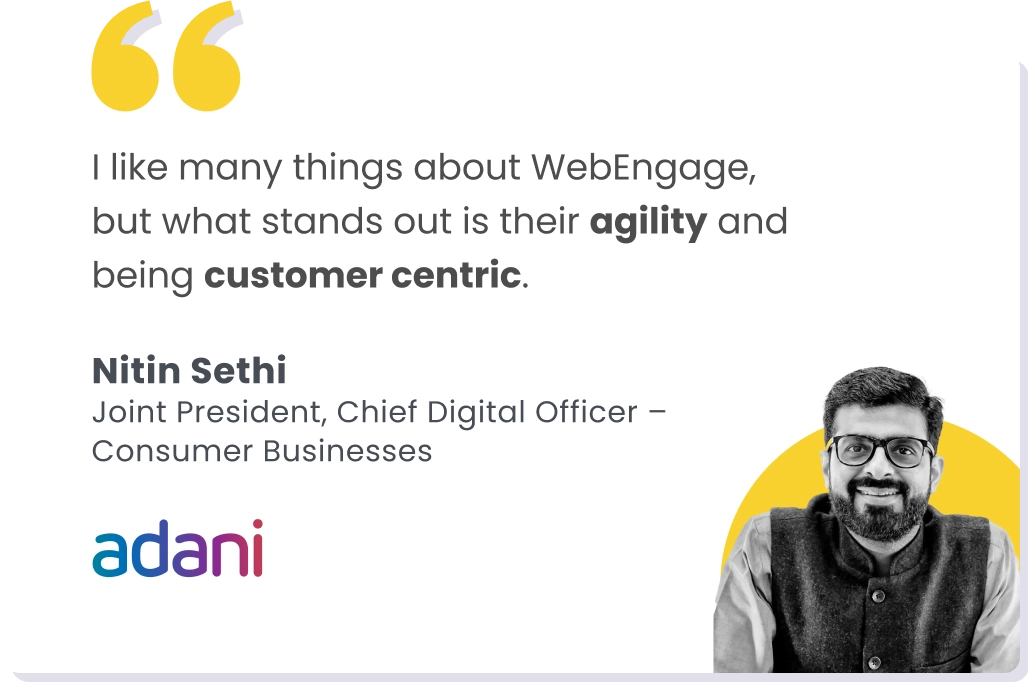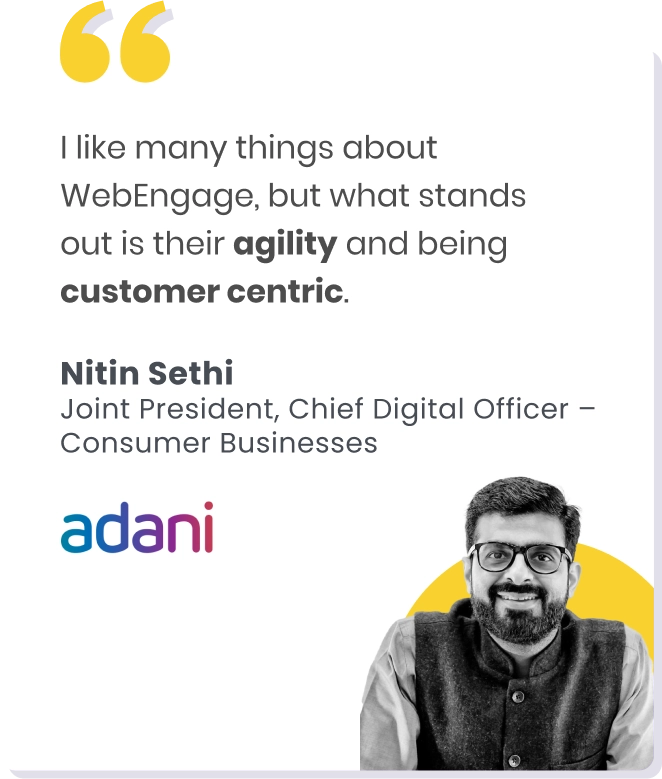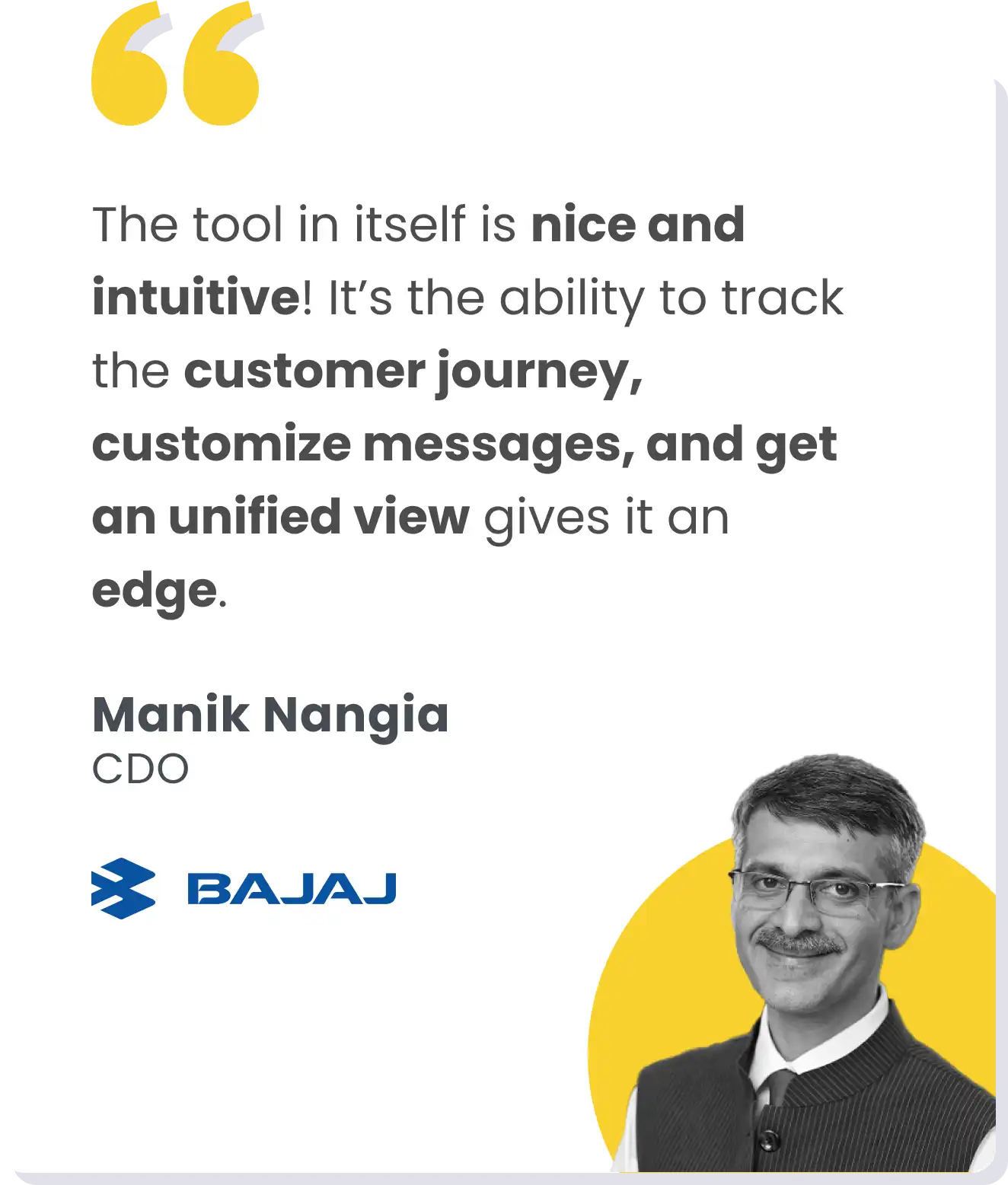Did you know that the tech industry, which many of us rely on for data solutions, is currently valued at about 389 billion dollars and is expected to reach approximately 1,400 billion dollars by 2030? And here’s the kicker—despite this massive market, many businesses are still struggling to harness the full potential of their data. Why? Because they’re missing out on crucial insights hidden within their data models.
As someone who’s been in the trenches of marketing for years, working with giants like Vivo, Pristyn Care, and Food Panda, I’ve seen firsthand how robust data models can uncover hidden opportunities and drive remarkable growth.
In this blog, we will explore how to create effective data models that capture a 360-degree view of your customers and leverage these insights to implement data-driven personalization and drive operational improvements.
The Power of Comprehensive Data Models
Many organizations pride themselves on being data-driven, but in reality, they’re often working with incomplete or siloed data. This leads to a fragmented view of the customer, missing out on crucial insights that could drive growth through effective customer segmentation models.

Take, for example, my experience in the smartphone industry. We realized we were losing valuable data on customers who purchased through online marketplaces. Our data model wasn’t capturing these interactions, leading to an incomplete understanding of our customer base and their behaviors.
This gap meant we couldn’t personalize marketing efforts effectively or have a unified view of our customers, hindering our ability to create accurate customer profiles and target audiences.
To solve this, we implemented multiple touchpoints to capture this data—from pre-installed apps prompting registration to extended warranty offers. We even used post-purchase services and exclusive bundle offers to enrich our data.
This not only filled our data gaps but also allowed us to create a more comprehensive view of our customers, leading to more personalized marketing and improved customer lifetime value prediction.
Uncovering Hidden Opportunities Using Data Models
A robust data model isn’t just about collecting data; it’s about using it to drive growth by uncovering hidden opportunities through market segmentation.
During my time at Food Panda, we noticed an interesting trend: orders were getting delayed between 11 PM and 2 AM, and customer complaints were on the rise. Now, most businesses might see this as a problem to be fixed. But we saw an opportunity.
Digging deeper into our data model, we discovered a growing segment of night owls—customers who preferred late-night snacks and budget-friendly options. This wasn’t just a random spike; it was an untapped segment waiting to be served.
This simple strategy, born from recognizing an untapped segment through our data model and market research methods, led to a significant boost in orders and customer satisfaction.
Transform your raw data into actionable insights with WebEngage’s Customer Data Platform.
Building and Leveraging Your Data Model
To truly harness the power of your data, you need to build a model that captures a 360-degree view of your customer. Here’s how to create effective market segments:
- 1. Define Clear Objectives: Before you do anything, understand why you’re doing it. What business problems are you trying to solve?
- 2. Centralize Data Collection: Break down silos and ensure all relevant data is accessible in one place.
- 3. Ensure Data Quality: Incomplete or inaccurate data can lead to flawed insights and poor churn prediction.
- 4. Create Derived Attributes: Don’t just collect raw data. Create meaningful derived attributes that provide deeper insights. For example, in the food delivery business, we looked at metrics like average order value, order frequency, and preferred cuisines. This approach can help in developing accurate buyer personas.
- 5. Implement Data Governance: Define who has access to what data to ensure privacy and security.
- 6. Foster a Data-Driven Culture: Encourage all teams to use data in their decision-making processes. This can be facilitated by marketing automation platforms and artificial intelligence (AI) in marketing.
Remember, the goal isn’t just to collect data but to turn it into actionable insights that drive business growth.
Conclusion
As a business, you need to understand that the most valuable insights often come from the most unexpected places. Your next big growth opportunity might not come from acquiring new customers, but from better understanding and serving the ones you already have.
Building an effective data model is about creating a comprehensive view of your customer that can drive real business decisions and uncover hidden growth opportunities.
So, challenge your assumptions, dig into your data, and who knows? You might just uncover your next big growth driver hiding in plain sight. Are you ready to unlock your data’s full potential?























